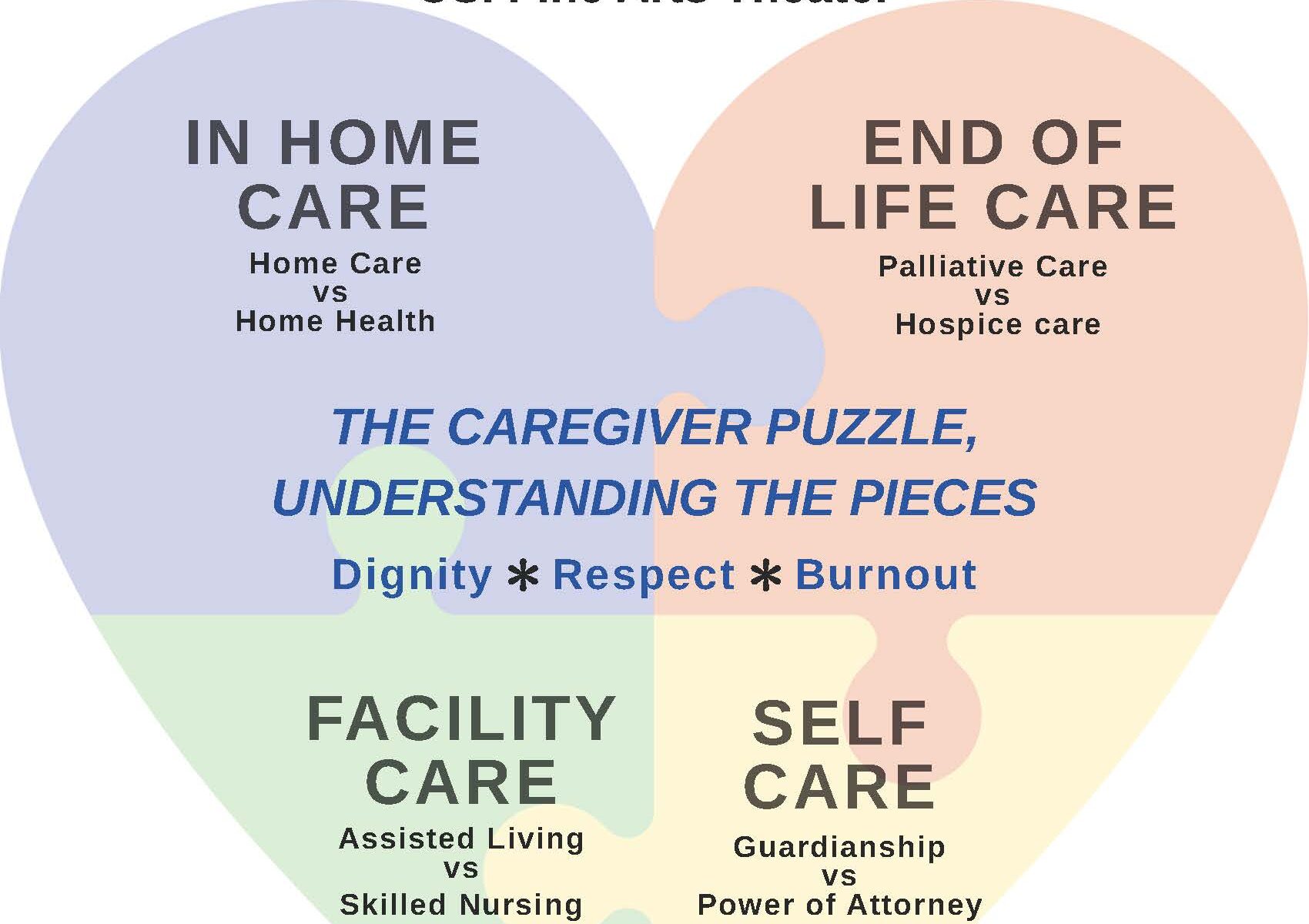Making the Most of VA Disability Benefits
Veterans who have served our country may be eligible for VA disability benefits. These benefits can provide financial support, help with medical care, and offer other important services. Understanding how to maximize these benefits ensures that you get the support you deserve.
Understand Your Eligibility
To qualify for VA disability benefits, you must have a service-connected disability. This means the disability was incurred or worsened during your military service. It’s important to gather all your medical records and service history to support your claim.
Apply for Benefits
The first step is to apply for benefits through the Department of Veterans Affairs (VA). You can apply online, by mail, or with the help of a VA representative. Make sure to provide detailed information about your disability and how it affects your daily life.
Gather Necessary Documentation
Having the right documents can speed up your application process. Collect your military service records, medical reports, and any other relevant paperwork. Clear and complete documentation helps the VA make an accurate decision.
Seek Professional Assistance
If you’re unsure about the application process, consider getting help from a Veterans Service Officer (VSO). VSOs are trained to assist veterans in applying for benefits and can help you navigate the complexities of the VA system.
Appeal if Necessary
Sometimes, claims may be denied or the benefits awarded may not reflect the severity of your disability. If this happens, you have the right to appeal the decision. Understanding the appeals process and meeting all deadlines is crucial for a successful appeal.
Utilize All Available Benefits
VA disability benefits are not just about monthly payments. They can also include educational assistance, home loans, and vocational training. Explore all the benefits available to you to fully support your needs and goals.
Stay Informed
VA policies and benefits can change over time. Stay updated by regularly visiting the official VA website or consulting with a VSO. Staying informed ensures you never miss out on new opportunities or changes that could affect your benefits.
Connect with the Disabled American Veterans of Idaho
The Disabled American Veterans of Idaho are here to support you. We offer resources, guidance, and a community of fellow veterans who understand your journey. Don’t hesitate to reach out for assistance in making the most of your VA disability benefits.
Conclusion
Maximizing your VA disability benefits requires understanding the eligibility criteria, properly applying, and utilizing all available resources. By taking these steps, you can ensure that you receive the support you need and deserve as a veteran.





